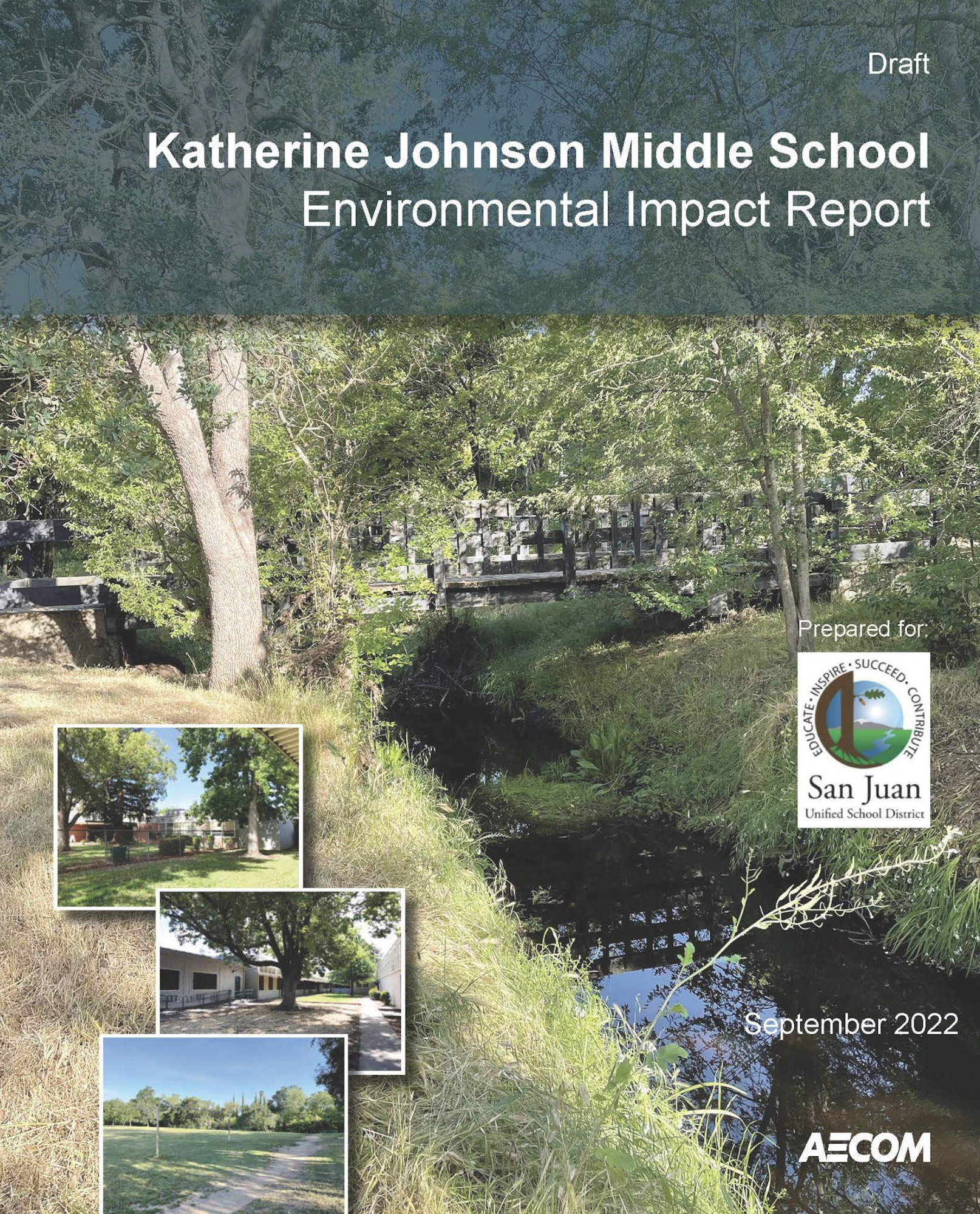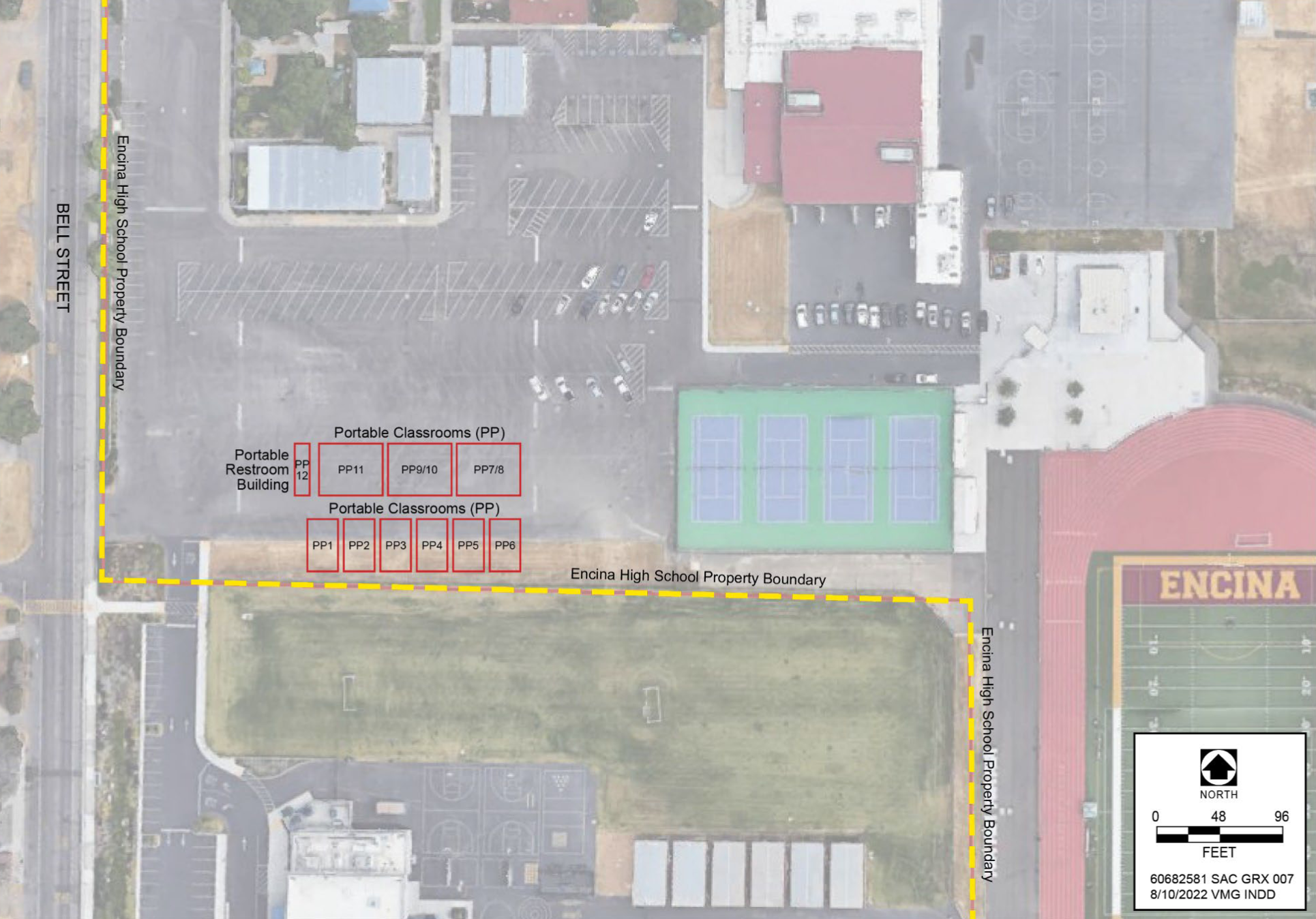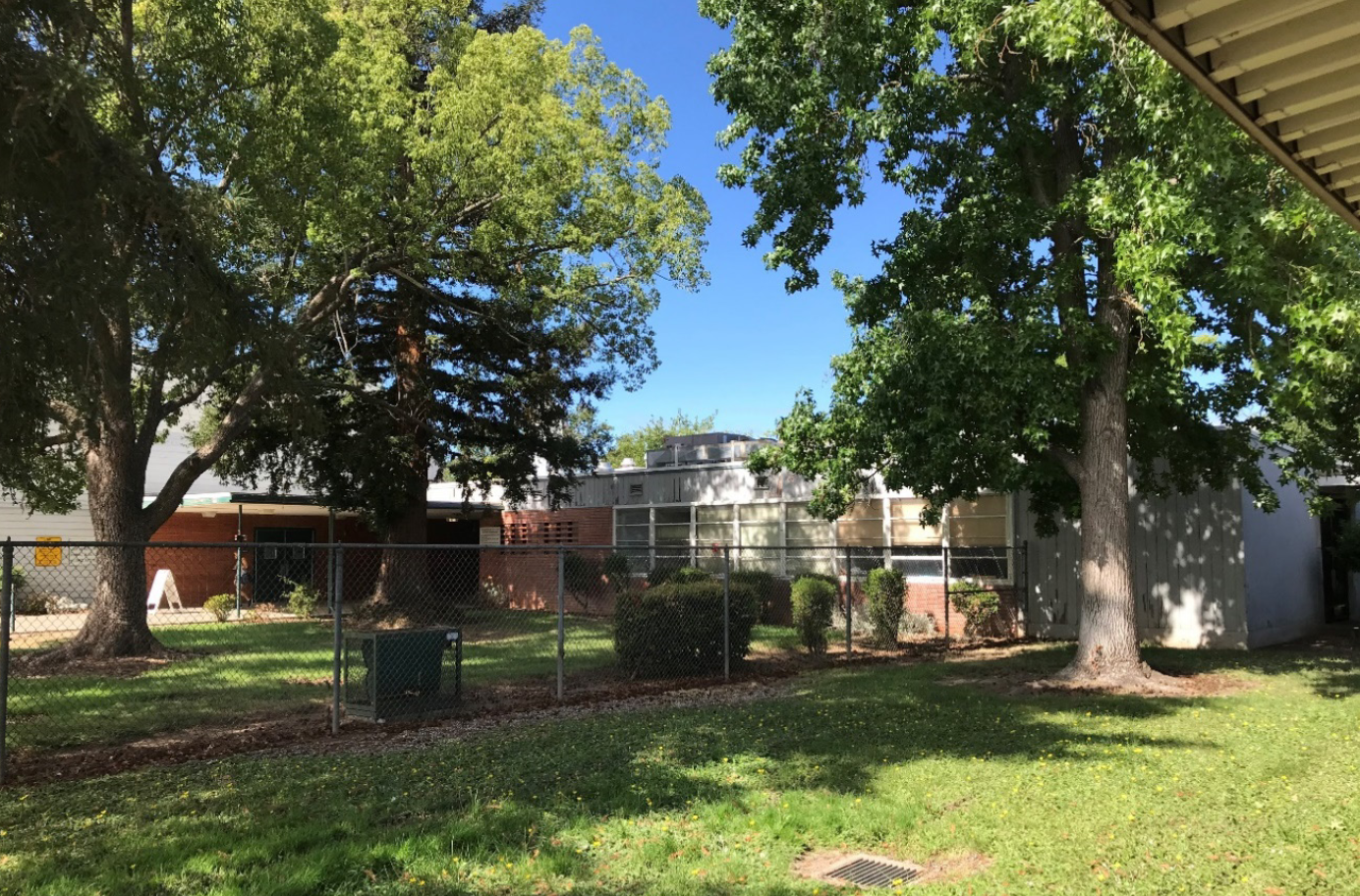Main Takeaways from Creekside Middle School Draft EIR

As a public service, we present our initial analysis of the Draft Environmental Impact Report about the proposed Middle School at site of the old Creekside Elementary School. Please understand that we aren't taking a position on the document - that's entirely up to you, the reader. Still, with the document weighing in at a massive 333 pages, our Newsroom Elves felt our audience would appreciate having their input for whatever it is worth (...which could be nothing, because, after all, they are just unpaid Interns in the Newsroom). OK, onward!
The document was released in mid-September for public review by Halloween. It doesn't take much effort to realize that the public is utterly distracted by other matters during that time. Think about how your mailboxes have overflowed lately with election junk mail, how the TeeVee is overloaded with political ads that leave barely enough time for attention to climate change, drought, gas prices, war, or wildfires. Layer that on top of PTA meetings and parent-teacher nights, trips to Apple HIll, Halloween decorations and costumes, baseball playoffs, football games, yada yada yada. Where does anyone get the time to plow through a document like this, let alone comment on it? Meanwhile, keeping the project off-radar makes it much easier to get approval for the project.
Step One, then is MORE TIME TO REVIEW AND COMMENT ON THE DOCUMENT. The public has the right to request additional time - say, the end of November or until mid-December - to plow through the document and express whatever sentiments they wish. Why? For the most part, people are not aware the school district is doing this and the site is controversial (per public meetings and comments on the Notice of Preparation). Supervisor Rich Desmond has said on several occasions that he, a former CHP Officer is sensistive to the comments of the CHP that the site is concerning for pedestrian and vehicular access and safety, wants to hear what the public thinks about the pedestrian and vehicle issues. He wants a public meeting about that. But such a meeting hasn't been scheduled yet and there's not enough time for one in the next two weeks. There is nothing to stop the school district from granting the extra time if the public asks for it.
Getting down into the weeds of the document, the following take-aways stand out:

- The analysis is unbalanced. There's a ton of information about details that don't matter much (like definitions of air quality standards) and a dearth of information about things the public said they casred about (like pedestrian safety). It's almost like the draft EIR is trying to hide things behind a wall of irrelevant details.
- False or misleading statements and information. Reading the document leads one to think the new middle school at Creekside has been anticipated for years. Except it isn't in the school district's Master Facilities Plan that is supposed to guide its investments in facilities. And it doesn't reveal what's really driving the apparent urgency to relocate Encina's middle schoolers. This is weird because the whole point of the California Environmental Quality Act is that decision-makers (in this case the school board) are supposed to be informed about the consequences of their actions BEFORE they take the actions. Related to this is Timing. It sure looks like the decisions were made first and the environmental analysis is coming at a later time such that the EIR is a justification document for the already-decided-on solution. That's actually against the rules....big time.
- Missing information. There are some big chunks missing. The document is silent as to matters the public wanted considered, such as wildfire risks and airplane noise. The unbuildable area isn't delineated. The campus plan doesn't indicate topography. Quantifiable traffic data - like that found in the school district's "Safe Routes to School" documents written for other campuses - is nowhere to be found.
- Insufficient or "fake" mitigation and inadequate analysis of it. It seems like, whenever the analysis uncovers a problem that calls out for mitigation, the answer is to have someone else do it - to do things that the project would have to do anyway to get its required permits. And mostly, the "someone else" is the County. (Example: Yeah, sure, traffic will be a mess, but that's up to the County to fix.) There is a reduced student body option that the document says would be better for the creek because it would allow for low-impact boiswales to filer water runoff. But where those bioswales would be located is a mystery. Perhaps most problemmatic is the school district's steadfast refusal to consider alternative campus layouts with 2-story buildings that would reduce the footprints of the buildings.

The draft EIR also presents alternatives to the project. State law requires consideration of the "No Project" alternative {hint: probably the correct answer}, which is why there is at least brief discussion of that alternative. Oddly, that discussion seems to claim the poor and missing sidewalks on Belport and Kent won't ever be built if the new middle school campus isn't approved. On the other hand, it was refreshing to see the proposal, though lightly explored, to reduce the student body size by 1/4 and the staff size by 1/3. It would have been helpful to see a drawing of the campus under those circumstances. While having less students on the postage-stamp-sized site would be a good thing, the "reduced size" alternative puts a spotlight on the puzzling question of how many students go where. And that just circles everything back to the real questions:
- "What's the point of all this?"
- "Is this the best way to improve the kid's education?"
We hope these initial observations will be of service to our readers, however they may feel about the project and the draft EIR. Remember, unless the comment deadline is extended, public comments have to be submitted to the school district no later than Halloween. Though you won't get a Fun Size Snickers Bar or a small bag of M&Ms if you do comment, it's important to share your thoughts with the school district. Not commenting means you don't get to complain about the $300,000/month expenditure of tax money for 30 years that financing a project like this requires.
